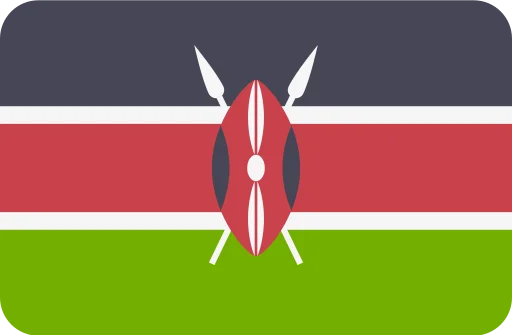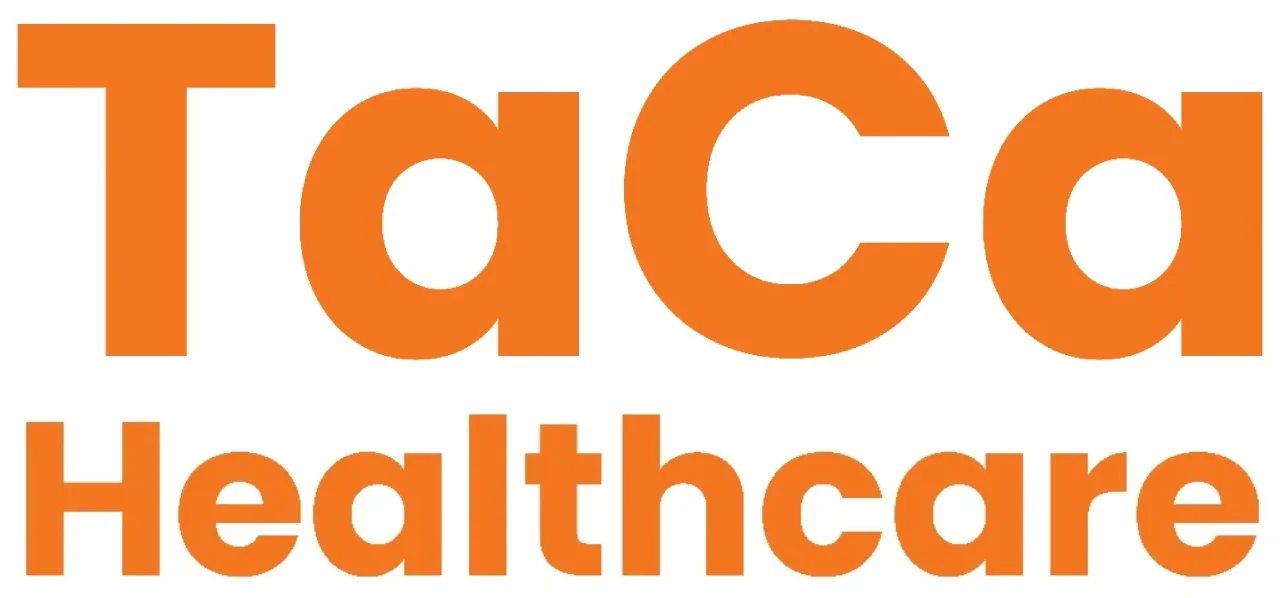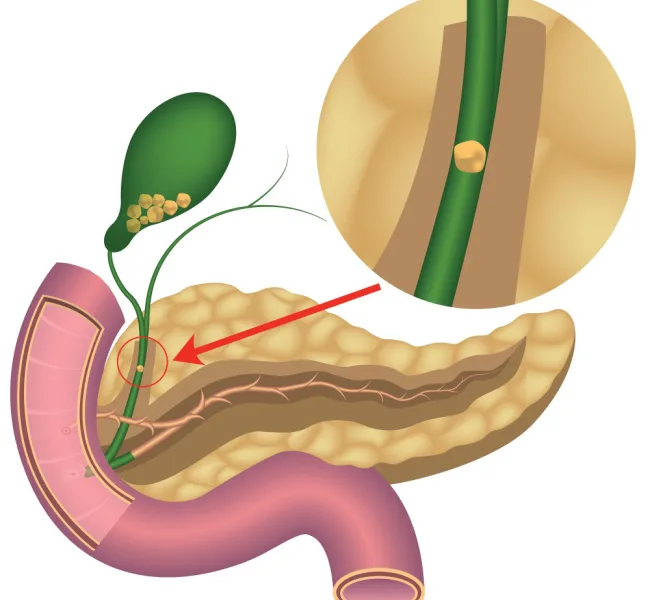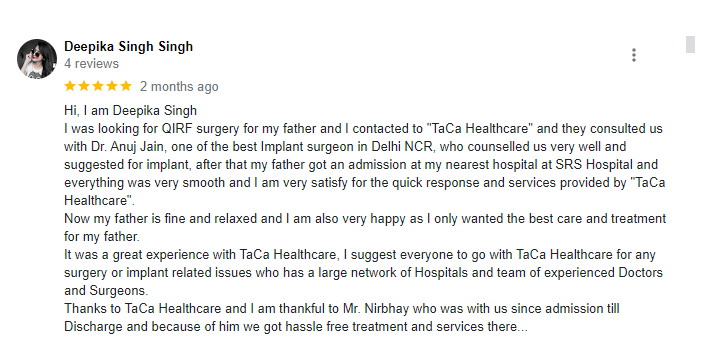What are gallstones?
It is also known as cholelithiasis. Gallstones develop within the gallbladder, a small, pear-shaped organ storing bile in the body. These are solid, pebble-like formations created from concentrated bile substances. Bile comprises cholesterol, bilirubin, bile salts, and lecithin. Typically, gallstones consist of either cholesterol or bilirubin, gathering at the gallbladder's base and solidifying into stone-like structures.
Gallstones come in various sizes, ranging from tiny grains resembling sand to larger ones as big as a golf ball. They increase in size slowly, accumulating additional materials as bile flows over them. Interestingly, smaller stones are more prone to causing issues as they have the ability to move, whereas larger ones typically remain stationary. When gallstones move, they can potentially become lodged, leading to blockages in the system.















